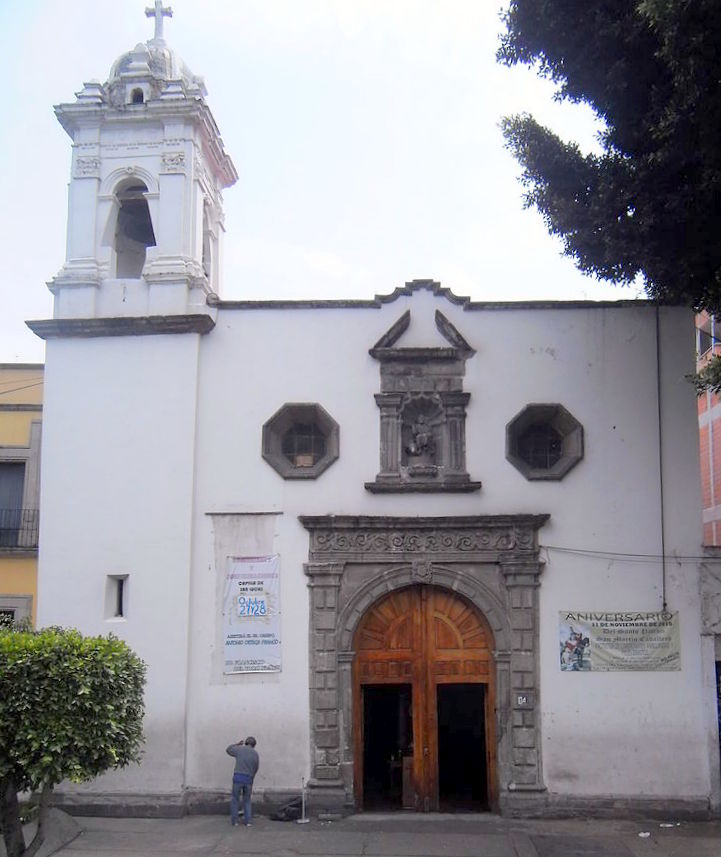
_
The San Lucas Chapel was founded as the “Indian Chapel” for an existing ancient neighborhood. It was later re-founded in the middle of the 17th century in what was by then the slaughterhouse district. In fact, Saint Luke the Evangelist is the patron saint of artists and butchers, among others, which is why his Gospel is often iconographically associated with a bull. This is because Saint Luke himself deals with the sacrificial aspects of the Christian story.
In 1690, the church was made a parish and ordered rebuilt in 1698. That work was completed in 1701 using money from the local butchers. They were likely not welcome in the nearby San Miguel Archangel Church, just to the north. The earliest references to the area in colonial times refer to San Lucas Cuezcontitlan de los Carniceros. Though in truth, the Náhuatl name then still in use, Cuezcontitlan, also refers to the agricultural role of the ancient neighborhood. It can be translated as “Place of the Barns.”
During the 18th century, the church was remodeled several times. The façade dates from this period. In the 19th century, the church was used to house military personnel with contagious diseases. But it’s important to remember that the entire María Magdalena complex, then occupying much of the area, was also converted for use as a military hospital. The end of the Agustinian Colegio and the San Pablo el Viejo Chapel also began with the United States invasion in 1847. That was the beginning of the nearby Hospital Juárez Centro.
Today, the interior of the San Lucas Chapel holds several prominent colonial-era sculptures. A wooden Neo-classical confessional is also worth a look. The church, even today, maintains a reputation for helping and supporting the most needy in the neighborhood. The same 2017 excavations that unearthed the likely calpulli remains in the Metro Pino Suárez station here revealed a great quantity of animal remains. These resulted from the mid-colonial period and the neighborhood’s occupation.
The surrounding Plaza of San Lucas is often confused as though it’s part of the Pino Suárez Plaza Comercial or even the Metro. In fact, the much older plaza has been renovated numerous times. It’s even been overrun by the much more grandiose projects. The most memorable of these was the five-tower Conjunto Urbano Pino Suárez. This was severely damaged during, and entirely demolished, during the 1985 earthquakes.
 +525555227718
+525555227718
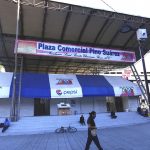
0.13 kms.
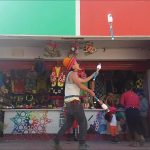
0.14 kms.
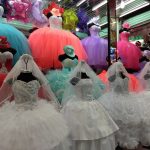
The market for clothing, formal wear and evening wear in Mexico City's center.
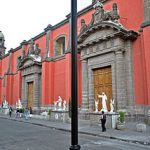
One of the city center's most illustrious former convents is still a sight to see.

Just a few steps outside the south exits of the Mercado de Sonora...
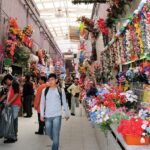
La Merced is the classic, and some will argue, the only public market in Mexico City. If you miss out on this one, you're missing out on a lot!
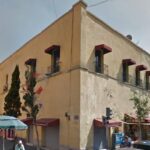
An unassuming corner on Talavera street was home to one of New Spain's most fiery insurrectionists.